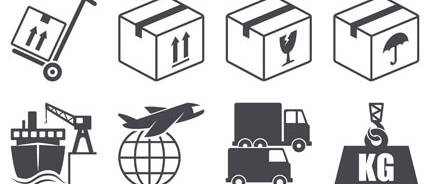A value chain describes how value is created and linked in processes through a chain of activities. The value chain is also referred to as a process chain or service chain.
Structure of a value chain
To analyze a value chain, a company’s value-adding activities are divided into primary and supporting activities.
The primary activities are activities related to the creation and distribution of the company’s services.
These include:
- Inbound logistics
- Production
- Marketing and sales
- Outbound logistics
- Service
The supporting activities help the primary activities to remain functional and enable the company to perform. They are a prerequisite for the successful execution of the primary activities.
The supporting activities include:
- Company infrastructure
- Human Resource Management
- Technology Development
- Procurement
The goal of these activities is to identify a company’s competitive advantages. The analysis of the individual processes should help to create a marketable end product.
Value Chain Diagram (VCD)
The value chain diagram is used to get started with business process modeling. In a value chain diagram, the core and support processes of an organization are modeled.
Possible structure-forming relationships between the individual value chains are as follows:
- The functional organizational structure, i.e. the representation of different hierarchy levels in which the process-oriented super-/subordination is represented by the decomposition of subfunctions (e.g. “corporate process” is superordinate to the three processes “product development”, “production optimization” and “sales processing”).
- The process structure, i.e. the representation of the sequence in which the value-added processes take place (e.g. “product development” → “production optimization” → “sales processing”).
For more information, see Integration of the stationary trade into the value chain of e-commerce.
Image source: © Spiral Media – Fotolia.com
